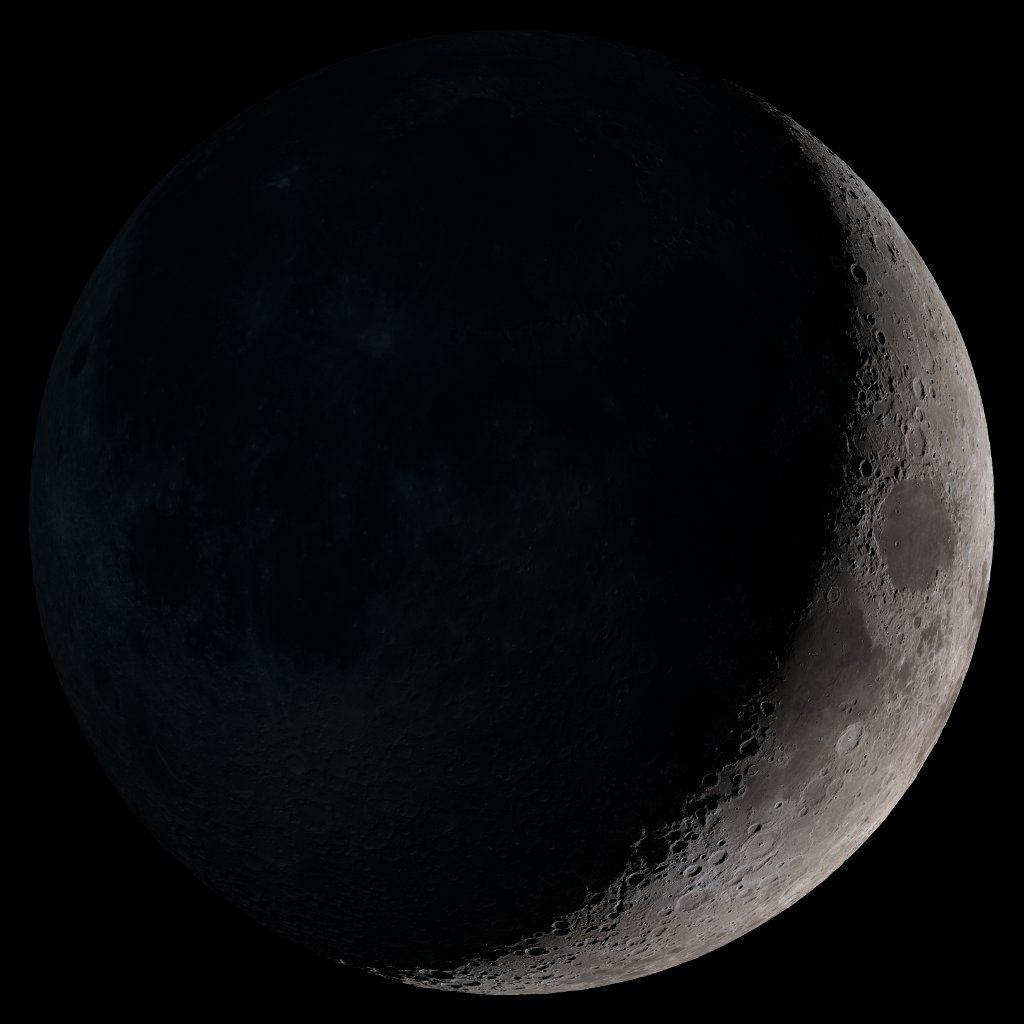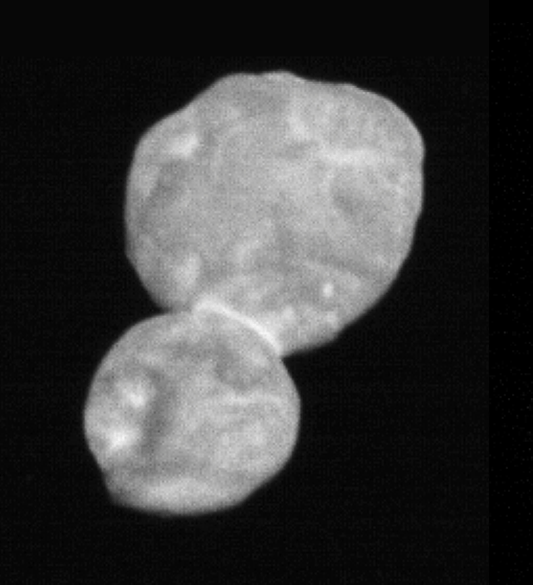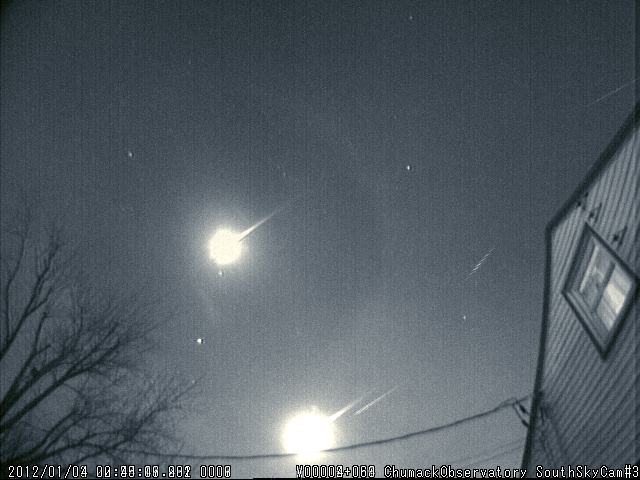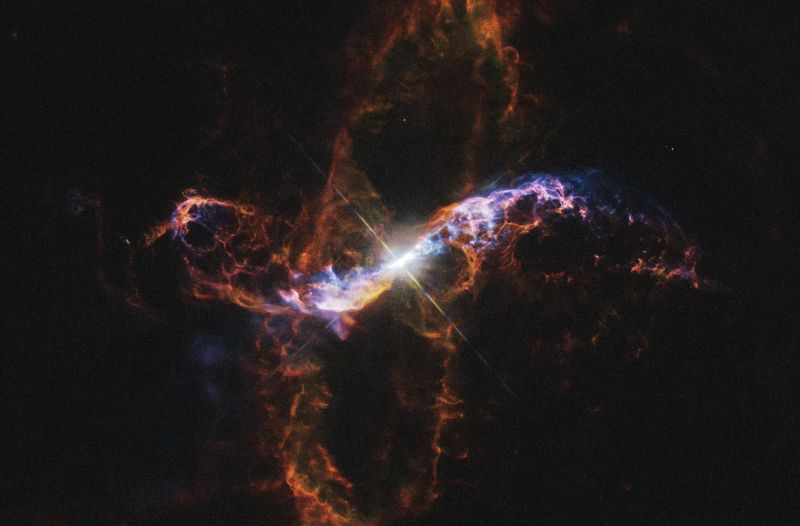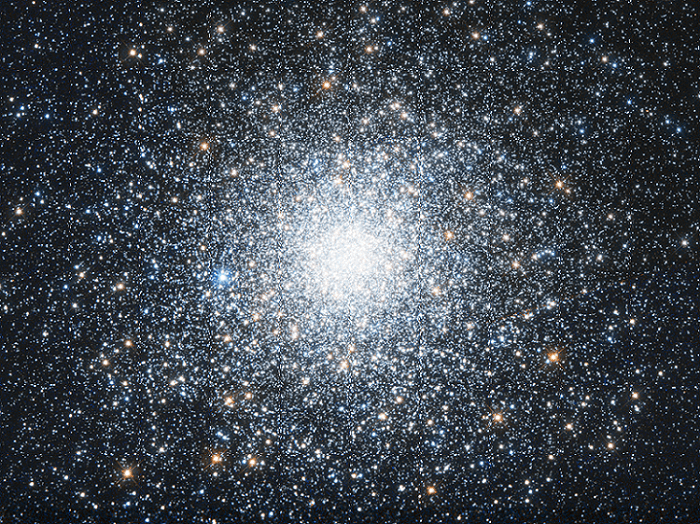It’s always easier to show someone a picture of something rather than to use 1,000 words to explain it. The people at NASA’s Scientific Visualization Studio (SVS) know this, and they’re experts. Every year they release a simulation of the Moon that shows what the Moon will look like to us each day.
NASA’s Moon simulator uses images and data captured by the Lunar Reconnaissance Orbiter (LRO) to recreate the Moon on each hour of each day of each month in 2018. You can input any date and time to view the Moon (Dial-a-Moon) as it will appear at that time. You can also watch a video of the Moon over the course of the entire year. Along the way, you might learn something.
Continue reading “See a Simulation of the Moon for Every Day in 2019”
